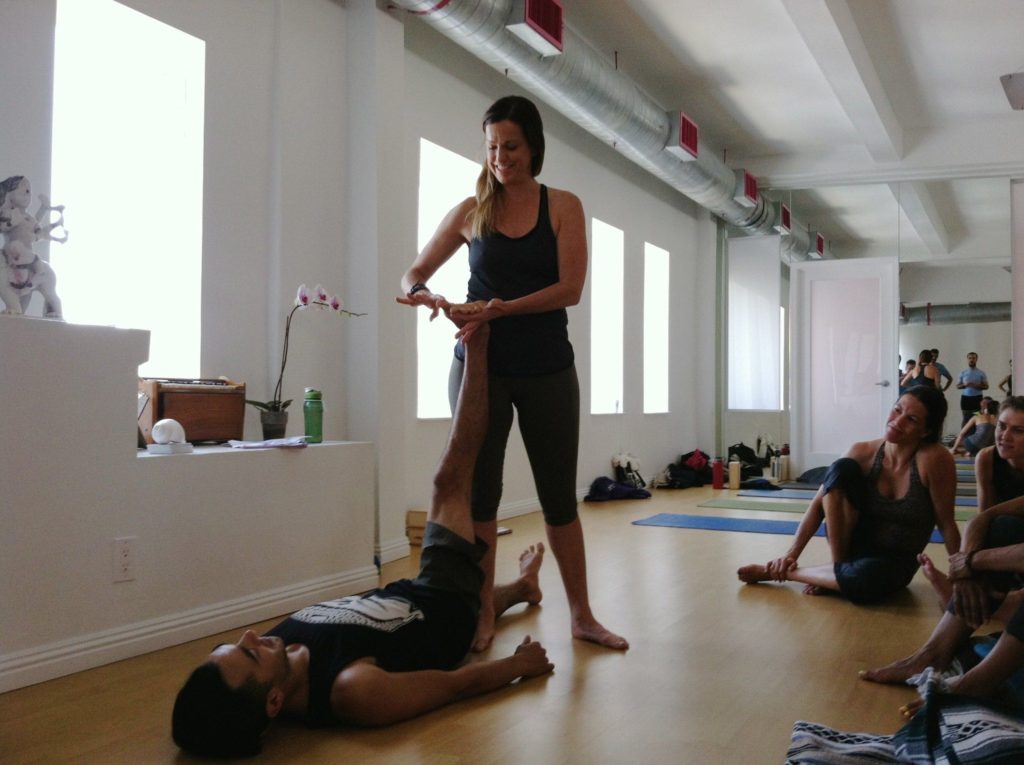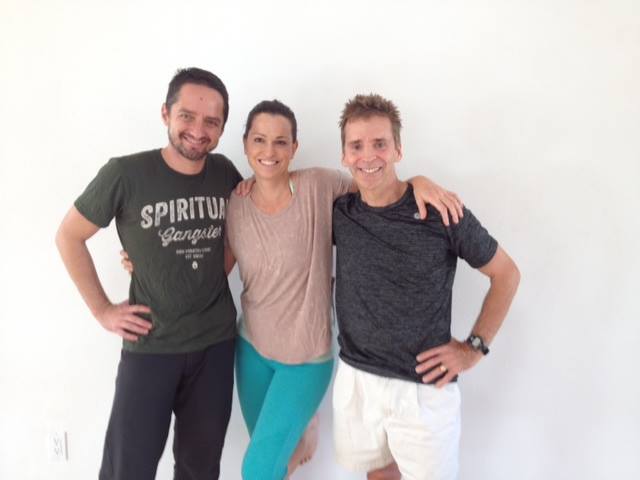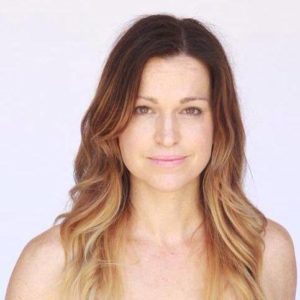No Fear Anatomy
Posted on
Today’s blog is written by The Mazé Method Apprentice and Physical Therapist, Paula Gelbart.
Being an expert on the body is one thing, articulating your knowledge to a room full of astute and dedicated students is another. Like the human genome, there are hundreds of possibilities to transmit your message into something meaningful. I can easily get engulfed in the plethora of information involved with teaching anatomy and yoga. And, I bask in the joy of re-discovering this captivating material I was once pressured to learn in graduate school. My agenda is to integrate the technical, academic and clinal experience I have as a physical therapist and combine it with the world of yoga. In essence, a hybridization of complementary knowledge, expressed like a gene, so I may inform a newer audience – yoga teachers. Part of the thrill I experience in teaching this material is sharing my passion about how magnificent the human body is to an audience that may feel overwhelmed by the subject matter. I get to partake in a dialogue that demystifies a very complicated subject matter, as well as refute false information that has been circulating around the yoga community. I enjoy looking for inconsistencies and researching conflicting perspectives. Controversy in science is fascinating, however controversy in the distribution of bad information is irresponsible. So begins the sense of responsibility to share and distribute good science and apply it to the yoga community.
The body is a beautiful and complicated masterpiece. So many things are happening in sync, symbiosis and homeostasis. So many things can go wrong and typically don’t, coupled with finite redundancies and asymmetries. It is a metaphor for teaching, and easily a metaphor for life. I feel responsible for presenting accurate information, but also making it tangible and approachable. The challenge I hear from many of you is removing the fear from learning about the body, and walking away with something you can apply tomorrow in your yoga class.
So, now I am offering my first piece of advise when looking up of the mountain you are about to climb, which I have named Mt. Anatomy. First, learn the basics: bones, joints and muscle groups. To do this, spend one day a week and pick a body part. Learn something new about this body part you don’t already know. For example, don’t spend your time reading an entire book about the pelvis, rather spend the time to learn the names of the bones in the pelvis. That’s it. Make it simple. Start to learn this new vocabulary. Next, take this new vocabulary and apply it. For instance, now that you’ve learned the bones that make up the pelvis – use them in your class. Define them for your students. Touch your own pelvis, and have your students touch theirs. I call this anatomy self exploration. It is learning by doing. In this case, putting an object with a name and placing it within your own body, also known as kinesthetic learning. Make a commitment to do this every week. Don’t worry about the other complicated aspect of anatomy for now. Learn the basics first, and take the time that you need to absorb and integrate it.

When I was learning anatomy for the first time I was also doing body work as a massage therapist. I got to immediately apply that information onto other bodies. I got to feel different biceps, hamstrings and patellas. What I learned was that we are all different yet we are all almost the same. Its the details in between that captivate our intellect to discover who we really are from a molecular, cellular, muscular, skeletal, neurological, and spiritual way. Perhaps learning about the body helps me define who I am and what my purpose is in this life.

Why do I care so much? Well, working in healthcare has given me (and possibly others) the perspective that our current system is flawed. So flawed that our best defense is a good offense. Meaning, if we focus on wellness and prevention to take care of our bodies, we stand a better chance at dodging the arrows of sickness and injury. The art of preventing dis-ease will be the keystone for surviving in our current healthcare system. I see yoga teachers (and parallel professionals) as the first line of defense in healthcare. I feel responsible to share the knowledge I have, pass it down, collaborate with it, evolve it, expand it, and share it again. I hope many of you will join me on this journey. Namaste.

Dr. Paula Gelbart, DPT is a licensed and practicing Physical Therapist, and the owner of Align Physical Therapy in West Hollywood. Dr. Gelbart presents yoga and anatomy training programs around the world, and is currently apprenticing at The Mazé Method, and leading anatomy and yoga methodology workshops alongside Noah Mazé for The Mazé Method, worldwide. Dr. Gelbart received her doctoral degree in Physical Therapy from Mount St. Mary’s College, and has been rehabilitating human bodies for nearly 10 years. She holds various additional medical/therapeutic certifications, including in Neurac (Red Cord), CranialSacral Therapy, Pilates, Core Align, and Visceral Manipulation. Dr. Gelbart completed her undergraduate degree in Biology from the University of California Santa Barbara. In past years, she has served as a clinical coordinator at at a major los angeles conditioning center mentoring incoming physical therapy interns through their last rotations before graduation. Dr. Gelbart is also a former instructor of “Anatomy and Movement Fundamentals” for Pilates certification curriculum.
Dr. Gelbart currently serves as a contributor toThe Mazé Method’s growing anatomy programs and curriculum. She received her 500 hour yoga certification through The Mazé Method under the direction of Noah Maze, and is registered with Yoga Alliance at the 500RYT level. She has extensively researched and studied yoga anatomy, spending time with teachers including Leslie Kaminoff, Martin Kirk, and Dr. Ray Long
